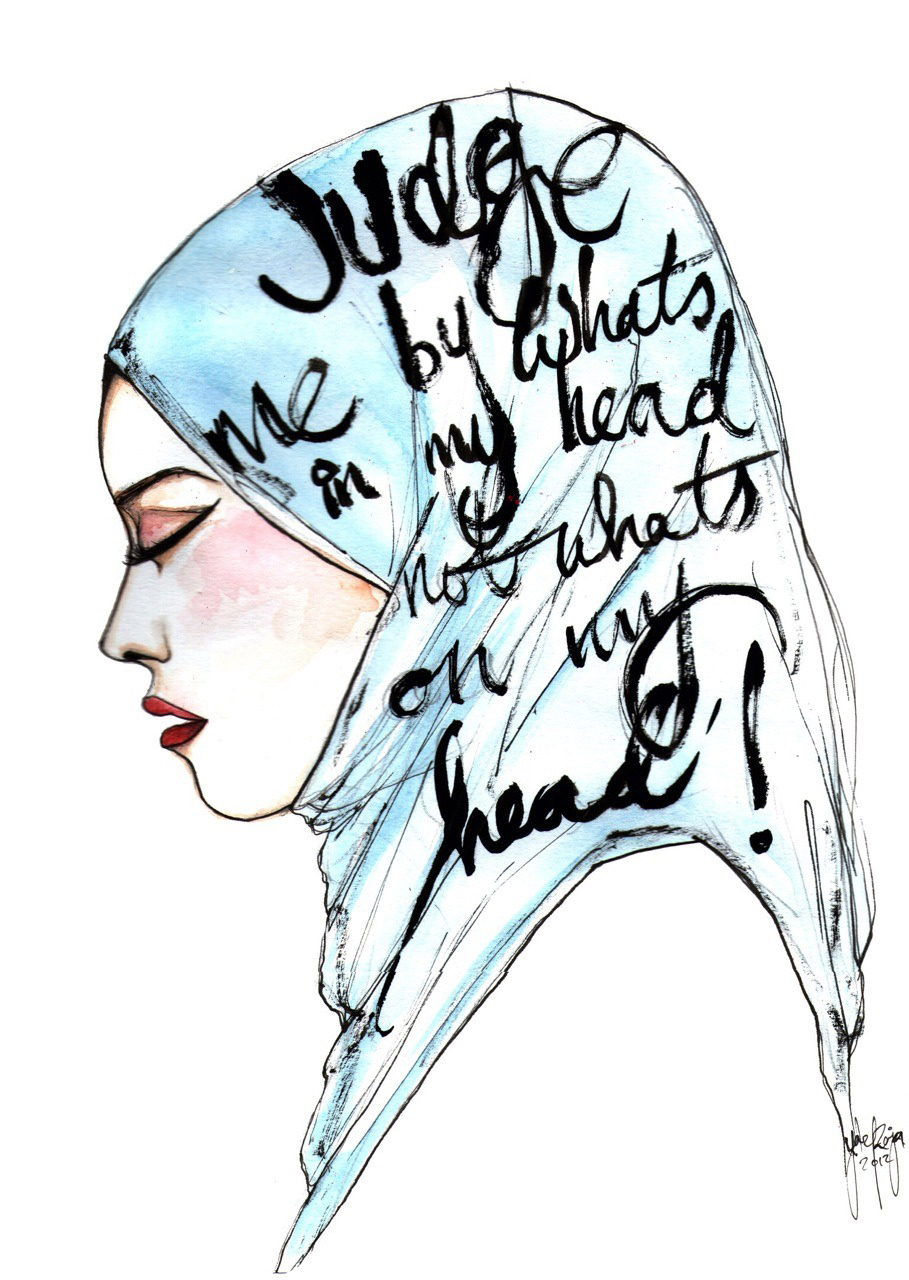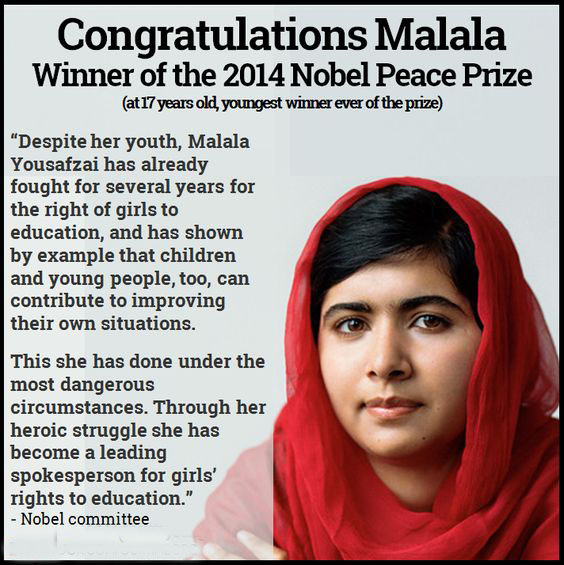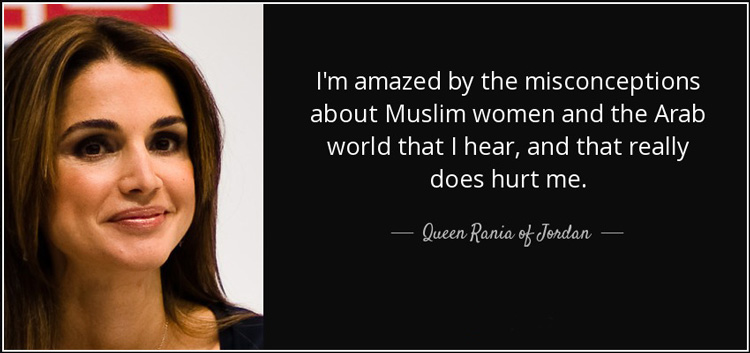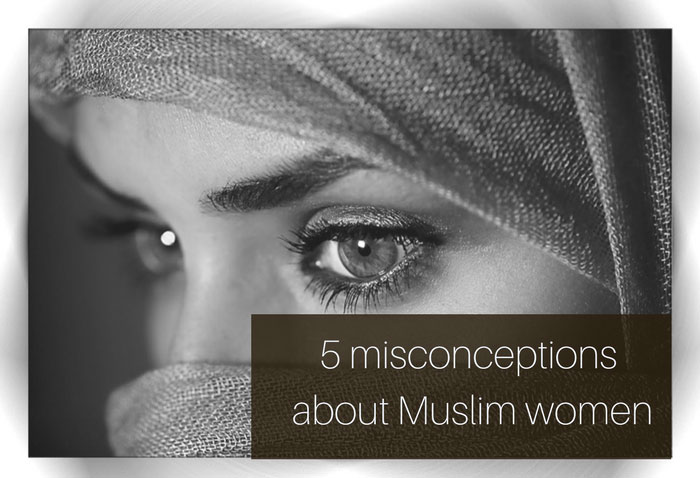The Hijab Diaries
5 Massive Misconceptions About Muslim Women
At a time when the world is ripe with Islamophobia the image of a Muslim woman has become warped and misunderstood. Amongst the debate for immigration and foreign policy, a set stereotype has been created of the Muslim woman. This stereotype does not capture the true essence of her or the experience she has in today’s society. Disappointingly, an image of a head to toe covered Muslim lady has been painted and the heart of her identity lost. For Muslim women, the hijab is a personal choice and commitment to Allah (swt) and not a sign of oppression or of being voiceless. For her, it is a powerful and peaceful way to express who she is and that she is confident in her choices.
Today we will be looking at the 5 misconceptions that people have created about Muslim woman and how true they are. We hope you enjoy reading the article and contribute to it with your viewpoints in the comments below.
Contents
1. Hijab is enforced by men

One of the constantly annoying questions that women will get about the hijab is, were you forced to wear it? For some reason, it is more appealing to people to view the hijab as oppression by men rather than the woman’s religious freedom to wear it. Yes, freedom!
There are some men who will force their women to wear hijabs, and they are guilty of going to the extreme. However, in the majority cases, the true power is in the woman’s hand. There have even been occasions where the woman has actually had to stand up against family and friends to wear the hijab because they want her to be more ‘modern’ and fit into the Western society! Shocked? It’s true. The idea of a woman being oppressed is quite laughable especially when Islam was probably the first religion to give freedom to women:
Do not long for the favours by which God has made some of you excel others. Men shall have a share of what they have earned, and women shall have a share of what they have earned. (Do not envy each other) but ask God to give you of His bounty. God has knowledge of all things. (Qur‘an 4:31-32)
Prophet Muhammad (saw) further augmented women’s rights with teachings and his own wonderful personal examples which made him much-loved by family and followers alike. He forbade violence against women and preached against all forms of abuse of power. He warned that both men and women would be held accountable by God for those in their care or under their authority, and said:
“Let no Muslim man entertain any bad feeling against a Muslim woman. If he should dislike one quality in her, he will find another that is pleasing……………”
“The best of believers are those who are best to their wives and families.”
Muslim sons were taught that obeying their mothers is one of the most important teachings of Islam, Whilst:
- Women in Confucian China were told to obey their fathers, their husbands and finally their sons after their husbands’ death.
- Hindu women were declared to be unfit for independence, inherently weak, easily misled, sinful and foolish. If they had their periods they were declared unclean and disallowed from the kitchen until the monthly cycle was not complete.They were not allowed near their husbands as they were dirty and would have to wait to be pure.
- Jews and Christians believed women to be responsible for the downfall of the human race and considered menstruation and childbirth to be the consequences of a Divine curse. They were constantly put down and made to feel inferior to their male counterparts.
- Hundreds of years after Prophet Muhammad (saw) passed away, French Catholics were still debating whether or not women possessed souls!
- English Christians burned millions of women alive on the mere suspicion that they were witches (Salem’s witch trials). Because of this women suffered abused and were tortured throughout British history.
- Married women in Europe did not gain the right to own property, obtain a divorce or enter into their own contracts until the 19th century.
Not surprisingly, women who found such teachings irrational and unreasonable rebelled against them and fought for better treatment. in Islam the dynamics of social change had come hundreds of years before the western world adopted the same principles. So how were women being told what to do by men? In Islam, women were given rights in property, inheritance and were seen as an important part of society.
2. All Muslim women are religiously conservative
It is a common misconception that if a woman is wearing a headscarf/hijab she is religiously conservative. Merely wearing a headscarf does not determine how religious you are. There is no way of pinpointing the exact belief system a hijabi has by simply looking at what she wears. The only facts that are gathered from a woman’s headscarf is how well it matches to her outfit of the day and what makeup suits the outfit. It is only by getting to know someone that you know what their true values and what their beliefs are. How you look on the outside rarely determines this.
You will find some Muslim women wear the scarf and have no deeper understanding of the religion whilst others just wear it as a fashion statement. For example look at the girl in Citizen Khan (I am sure a lot of you have seen the show!) Some women wear the scarf and are liberal whilst holding a good understanding of Islam. They cannot all be lumped into being religiously conservative.
3. Muslim women cannot be stylish
It is time this misconception was finally put to rest. The opposite of unstylish, the Muslim fashion industry is currently valued at billions internationally and is booming at an incredibly high speed. Mainstream fashion designers have even begun catering their style lines to the newly coined hijab couture. People want to wear modest and this is reflecting through into even western cultures. Being bare has now become less fashionable and being covered more desired. Look at Debenhams…They have recently introduced modest clothes range from the famous Aab store which will allow Muslims to access modest fashion in their local high street shops.
Milan Fashion Week was one of the first major events in the industry to realise the massive market potential within the hijabi fashion industry. The hijab trend has even reached America: long skirts, shirt dresses, plazzo pants loose flowing cardigans and turbans are all the raging fashion.
This trend has been amplified by Instagram and YouTube fashion bloggers who have erupted onto the blogging scene with a vengeance, making their presence known. Recognised for their fashionable style and tips they are pushing the limits on how to be stylish without compromising on modesty and how hijab couture and fashion industries should see and promote them. Dina Torkia, Ibtihaj Muhammad (known for her sports), Maryam Sadullah are to name a few. Nowadays, these women are seen as global influencers, summoned by fashion companies to act as representatives, ambassadors and promoters for different brands. The World is taking on a whole new perspective to modest fashion, and it is the Muslim women themselves that are making known their potential across the globe. So yes, Muslim women are stylish!
4. Women wearing hijabs are voiceless

This is the “favorite” stereotype. We have heard it time and time again and: “Women are voiceless” They are portrayed as being controlled, not being able to make decisions and having to undergo oppression. Unfortunately just because Muslim women cover up and are one of the most visible in the Muslim communities they are also easy targets during Islamophobic hate crimes.
Despite being only a slice of a religion of about 1.7 billion in the world, hijabis have nonetheless been made exotic repeatedly by pop stars and musicians whilst simultaneously they have been held up as a symbolic representation of the Islamic religion’s alleged oppression. In 2013 Lady Gaga’s lyrics to her song “Burqa” were cringe worthy she gave across an erotic portrayal of women wearing the burqa and that is what is a pressing widespread issue in the Western world. It is images like this that make us view these women as distant and unknown. It is images like this that strip Muslim women of any individual identity and reduce them into sexualised beings lacking human qualities, being oppressed by men and not having the ability to make decisions For a pop star to knowingly portray Muslim women who cover in such a way is not just stupid but is also irresponsible. Even if, as some had argued it honed into the point that women are not voiceless, they have stripped away the true quality of a Muslim woman who does have a voice and does know her own mind.
But despite these views, hijabis have been and will continue to be a vibrant community of women, who defy stereotypes by example, these women succeed as Olympic competitors and enter medical professions and are just as likely to have a college degree and a strong voice. They are not afraid to wear their Muslim attire and be proud to be a Muslim. They are not willing to be told to shut up and just listen or to sit at home and not work. They have the support of their families and are entering into mainstream media, culture and even into production houses. They WANT to have their voices heard. It’s no longer possible to point and say to a woman, oh look she’s Muslim therefore she has no voice.
5. The hijab prevents women taking part in sports, education, and politics

Muslim women who cover as well as those who don’t, have been participating in sports for many years. However, their participation was hindered for some time by sports organisation bans on the use of headscarves. However in 2012 the International soccer governing body FIFA decided to lift its ban on headscarves. The decision followed five years of ban enforcement, a period in which Muslim women that covered their heads boycotted their sports events or were forced to drop out. This was tough for them as they wanted to be able to play but ridiculous rules that had been set said otherwise. The International Olympic Committee officials eventually agreed as well.
Other hijabis were once prevented from opportunities to work out and stay fit at recreational clubs and fitness centres by a lack of women-only environments. In recent years this has begun to shift, with many gyms beginning to listen to both headscarf-wearing patrons and those without, setting aside days and spaces in which a single-gender environment is possible. Unfortunately, it is still quite tough, as gym times are not always convenient for the Muslim woman and women only gyms are expensive and few. Therefore, they have to tailor their days and times which means they can miss out on a workout. Believe me, for someone like me this is a very big thing. I would love to be able to hit the gym and not worry about being surrounded by countless men, yes they might not be looking at me (except the odd pervert) but it’s a highly uncomfortable situation to be in.
Unfortunately, this issue does not only affect Muslim women who wear hijabs, there are many non-Muslim women who would also prefer a gender specific gym. So to then say that it would prevent them from partaking in fitness would be rather silly.
Muslim women are rocketing in education as well as politics. They are going on to become lawyers, doctors, nurses, scientists, journalists and so much more.
In conclusion, as you can see Muslim women are not always as someone perceives them. Social thought processes and individual beliefs on how a Muslim woman is or should have often restricted a Muslim woman from having her individual identity. Alhumdulliah things are now gradually changing. I hope this article was enlightening to you all and that you enjoyed reading it. Please don’t forget to leave comments and let us know what you would like to see us discussing next!


Right said.Hijab is not hardship for success. it empowers us to work with more confidence.